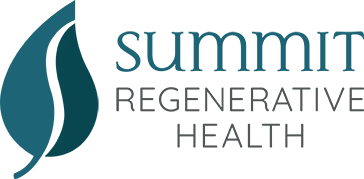 Are you suffering from a herniated disc? If so, you aren’t alone. According to a report published by the New York Times, roughly one third of adults over the age of 20 show signs of a herniated disc. While symptoms vary from person to person, many people report pain, discomfort and limited mobility in their lower back/lumbar region. To learn more about herniated discs and how a chiropractor can help, keep reading.
Are you suffering from a herniated disc? If so, you aren’t alone. According to a report published by the New York Times, roughly one third of adults over the age of 20 show signs of a herniated disc. While symptoms vary from person to person, many people report pain, discomfort and limited mobility in their lower back/lumbar region. To learn more about herniated discs and how a chiropractor can help, keep reading.
What is a Herniated Disc?
The average adult’s spinal cord contains a vertical array of 33 vertebrae, which are used to protect this key nerve. Resting between each of these nerves is a soft, spongy disc with a jelly-like center that’s used to absorb pressure while simultaneously preventing painful bone-on-bone contact. Normally, the spinal discs serve their intended function without any problems. There are times, however, when the jelly-like filling of one or more of these discs begins to protrude, or herniate, out; thus, resulting in the condition known as a herniated disc.
It’s important to note that many people who suffer from herniated discs do not exhibit symptoms. But that doesn’t necessarily mean that it poses no harm, as the herniation may irritate nearby nerves. Over time, the herniated disc may gradually make its way to a nerve, pinching against it and causing a world of pain.
Risk Factors of Herniated Disc
There are several different risk factors known to play a role in the formation of a herniated disc. People who work in physically laborious jobs, for instance, have a higher risk of developing this condition than people who work behind a desk. Obesity is another risk factor of disc herniation, as well as age.
Chiropractic Treatment For a Herniated Disc
The good news is that chiropractors can often help treat cases of herniated discs. The first step towards finding relief, however, is to identify exactly where the herniation is occurring. A chiropractor may perform an examination of the back, checking for signs of muscle wasting, loss of sensitivity, and nerve functionality. If necessary, the chiropractor may also order an X-ray or MRI to further diagnose the condition.
Treatment options for herniated discs varies depending on the underlying cases. In many cases, the chiropractor can guide the herniated disc back into the normal position using a series of spinal adjustments and manual soft tissue manipulation. Once the disc is back between the vertebrae, symptoms will begin to subside. In other cases, the chiropractor may recommend therapeutic exercises to perform at home.
